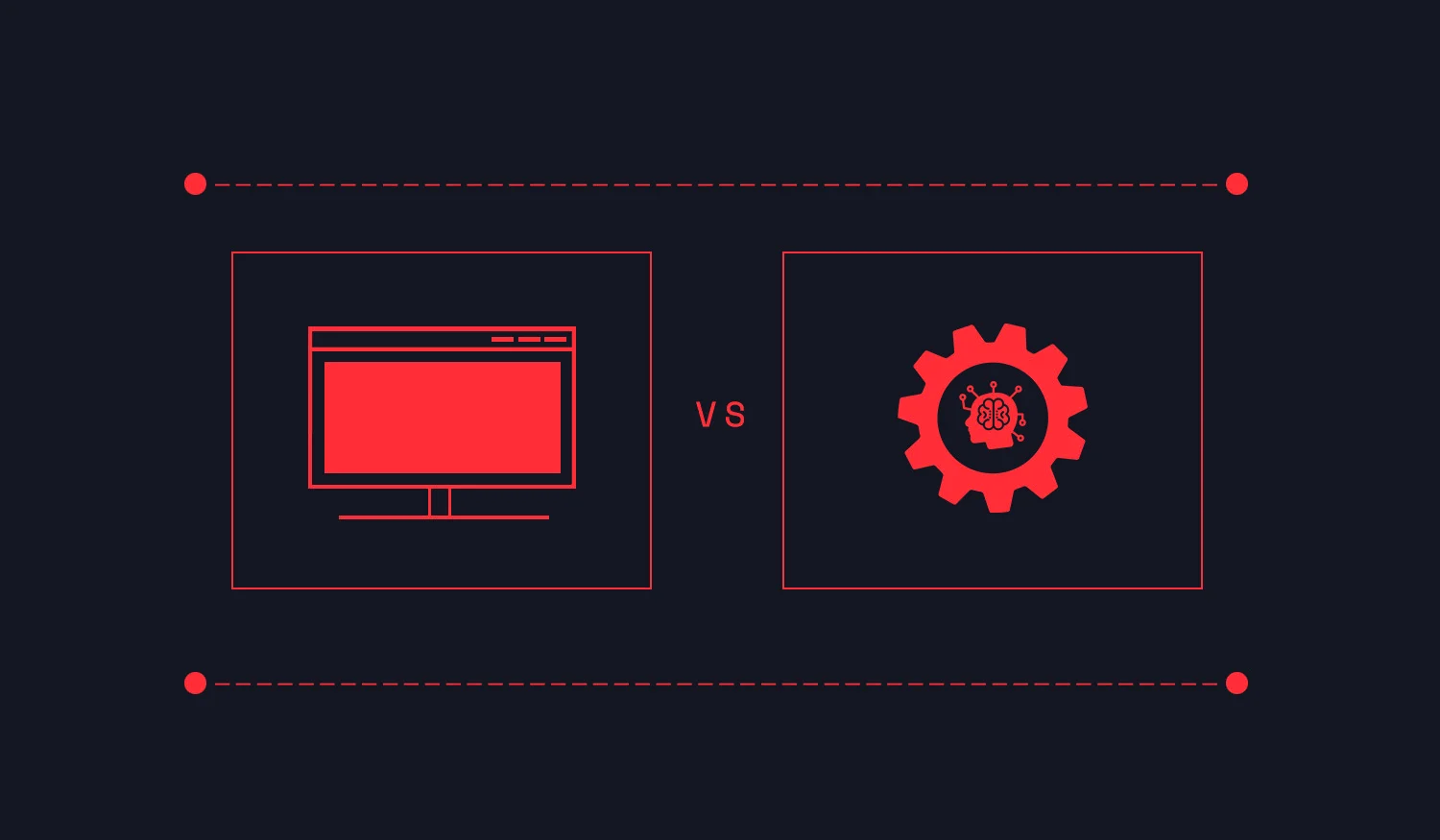Understanding the Difference Between AI and Machine Learning
In the rapidly evolving tech landscape, Artificial Intelligence (AI) and Machine Learning (ML) are often mentioned in the same breath. Although closely related, they are not synonymous. This article demystifies the concepts of AI and ML, highlighting their distinctions, how they intersect, and their applications.
Artificial Intelligence (AI)
Artificial Intelligence is a broad field of computer science focused on creating intelligent machines that can perform tasks that typically require human intelligence. These tasks include learning, reasoning, problem-solving, perception, and language understanding. AI aims to simulate human intelligence in machines, enabling them to think, learn, and adapt to new situations.
AI can be categorized into two types:
- Narrow AI: Also known as weak AI, this type is designed to perform a specific task or set of tasks with intelligence. Examples include virtual assistants like Siri or Alexa, image recognition software, and self-driving cars. Narrow AI systems are programmed to perform their designated tasks and do not possess general intelligence or consciousness.
- General AI: Also known as strong AI, this type refers to systems that possess general intelligence, meaning they can understand, learn, and apply knowledge in different contexts, similar to a human being. General AI is still a theoretical concept and has not been achieved yet.
Machine Learning (ML)
Machine Learning is a subset of AI that focuses on the development of algorithms and statistical models that enable computers to learn and improve their performance on a specific task without being explicitly programmed. ML algorithms use historical data as input to predict new output values, allowing machines to adapt and learn from experience.
There are three main types of machine learning:
- Supervised Learning: The algorithm is trained on a labeled dataset, which means that the input data is paired with the correct output. The goal is to learn a mapping from inputs to outputs, which can be used to make predictions on new, unseen data.
- Unsupervised Learning: The algorithm is trained on an unlabeled dataset, meaning that there is no specific output to predict. Instead, the goal is to discover patterns and relationships in the data, such as clustering similar data points together.
- Reinforcement Learning: The algorithm learns to make decisions by taking actions in an environment and receiving feedback in the form of rewards or penalties. The goal is to learn a policy that maximizes the cumulative reward over time.
Key Differences
- Scope: AI is a broader concept that encompasses the creation of intelligent machines capable of performing a wide range of tasks, while ML is a subset of AI focused specifically on developing algorithms that enable machines to learn from data.
- Learning: AI systems may or may not involve learning, whereas ML is inherently about learning from data to improve performance.
- Goal: The goal of AI is to create systems that can perform tasks that typically require human intelligence, while the goal of ML is to develop algorithms that allow machines to learn and make predictions or decisions based on data.
- Approach: AI can involve various approaches, including rule-based systems, expert systems, and machine learning, while ML is primarily focused on statistical and probabilistic models for learning from data.
Understanding the Analogy: Self-driving cars
Imagine a self-driving car. The concept of a car navigating roads autonomously falls under the realm of AI. However, the specific algorithms that enable the car to recognize traffic signals, pedestrians, and road signs, and make real-time decisions, leverage machine learning techniques.
By understanding the distinctions between AI and machine learning, we gain a clearer perspective on the diverse approaches and methodologies employed in the pursuit of creating intelligent machines that are transforming our world.
Conclusion
While AI and ML are closely related, they are distinct concepts with different scopes, goals, and approaches. AI is the broader field focused on creating intelligent machines, while ML is a subset of AI that emphasizes learning from data to improve performance. Understanding the difference between AI and ML is essential for leveraging their potential in various applications and industries.














Post Comment